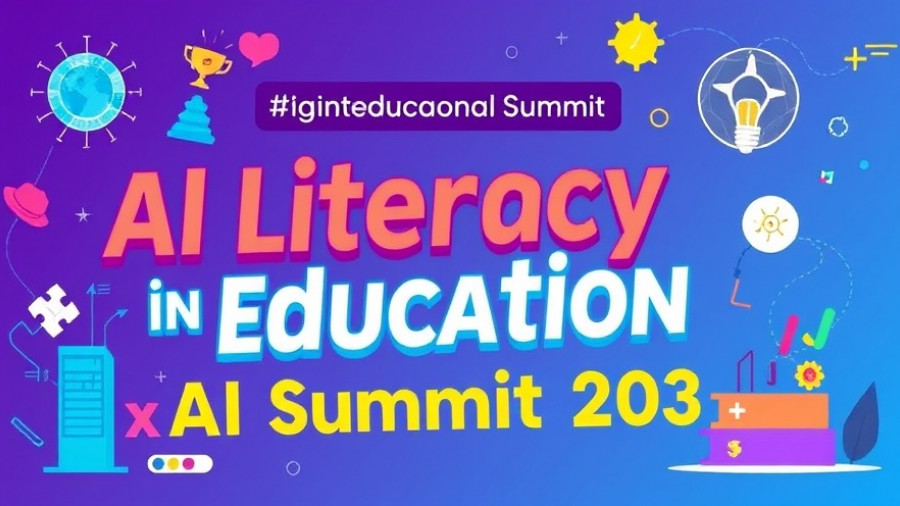
Curriculum X AI Summit 2025: Shaping the Future of Education
On October 27, 2025, the Curriculum X AI Summit will kick off a vital conversation around AI literacy in education, featuring a keynote from CEO Amanda Bickerstaff. Her session, "Advancing AI Literacy Across Your Schools and Districts," promises to delve into the transformative impact of AI on the educational landscape and the workforce. As AI continues to evolve, understanding its implications has never been more critical for students─especially today’s learners who will be entering the workforce of the future.
The Urgent Need for AI Literacy
With AI applications rapidly infiltrating everyday life, schools are pivoting their curricula to emphasize AI literacy. One such initiative can be seen in the Passaic School District, where educators are already embracing AI teachings early on. Their focus includes exposing K-8 students to the workings of AI, its ethical implications, and its applications to prepare them for a world where these technologies are the norm.
Breakthrough Strategies for AI Implementation
Key strategies discussed in the summit will cover building a foundational language around AI literacy, which aims to foster an environment where students can engage in meaningful conversations about technology. Schools are encouraged to adopt hands-on, practical approaches such as using real-world AI applications to teach students critical thinking, ethics, and responsible usage.
Harmonizing AI with Existing Curriculum
Incorporating AI literacy doesn't mean overshadowing traditional subjects; rather, it complements them. Educators worldwide are curating lesson plans that embed AI concepts within the frameworks of science, mathematics, and the arts. This holistic approach helps students develop a nuanced understanding of AI, promoting not just technological proficiency but critical evaluations of the technology’s societal impacts.
Selecting the Right AI Learning Path
With numerous courses available—ranging from AI bootcamps to online AI certifications—students, military veterans, and career changers can tailor their educational paths to meet personal and professional goals. As AI literacy grows, understanding how to strategically choose educational resources will empower learners to navigate and succeed in an AI-driven job market.
As the Curriculum X AI Summit approaches, it's an opportune time for stakeholders—students, educators, and employers alike—to engage in dialogues that can shape the future of education and career readiness in an AI-enhanced world. Join the conversation and ensure you are part of the future; elevate your AI literacy today!
 Add Row
Add Row  Add
Add 




Write A Comment